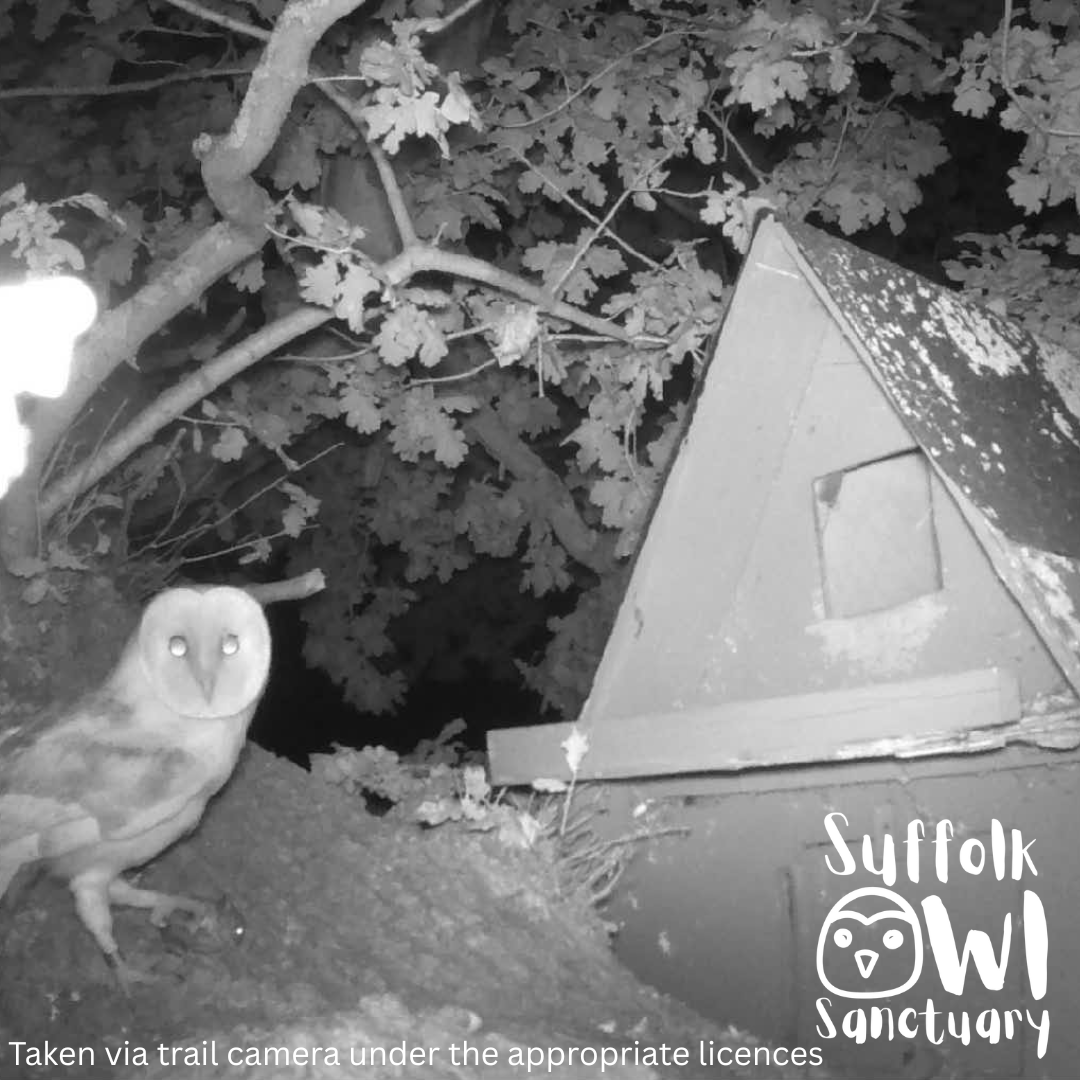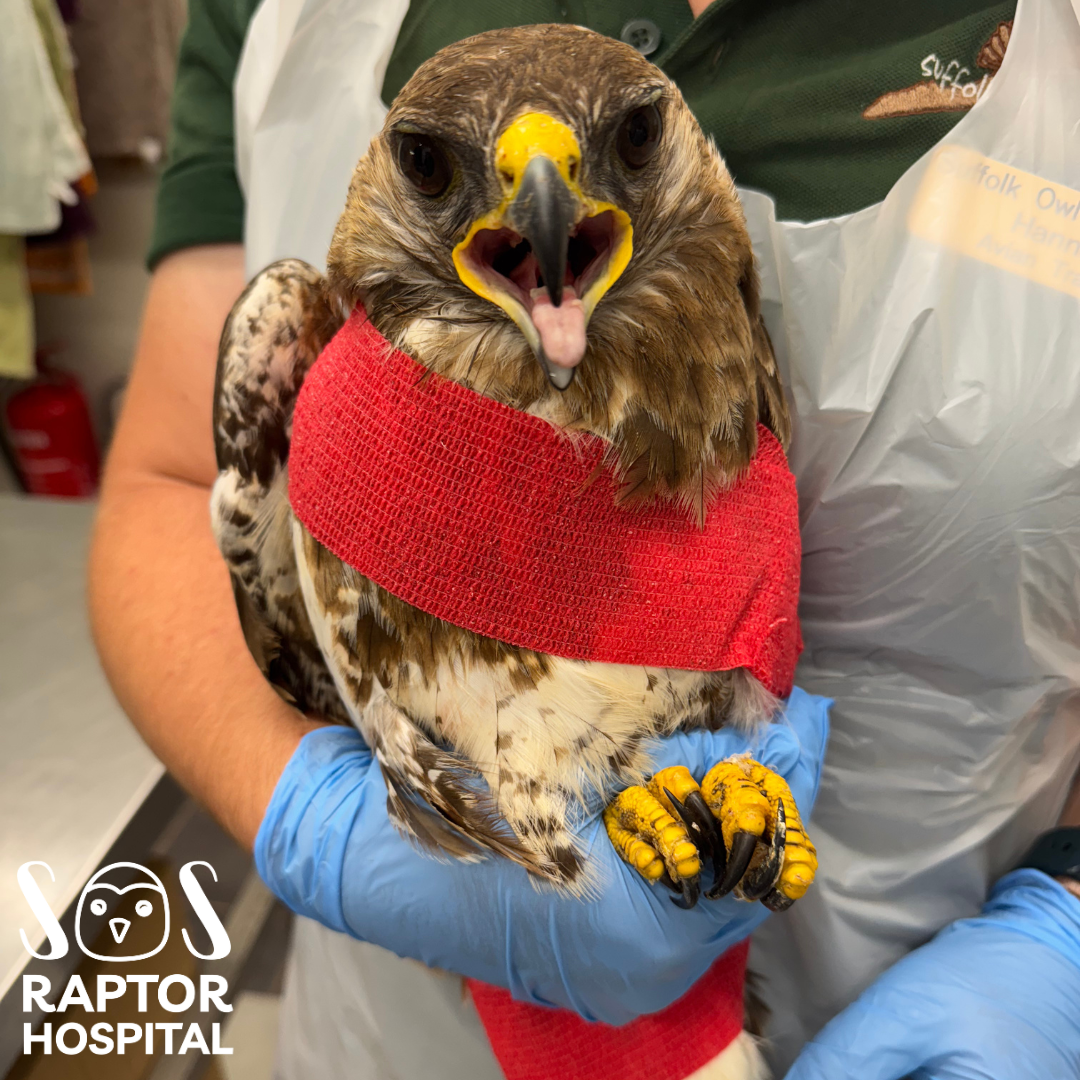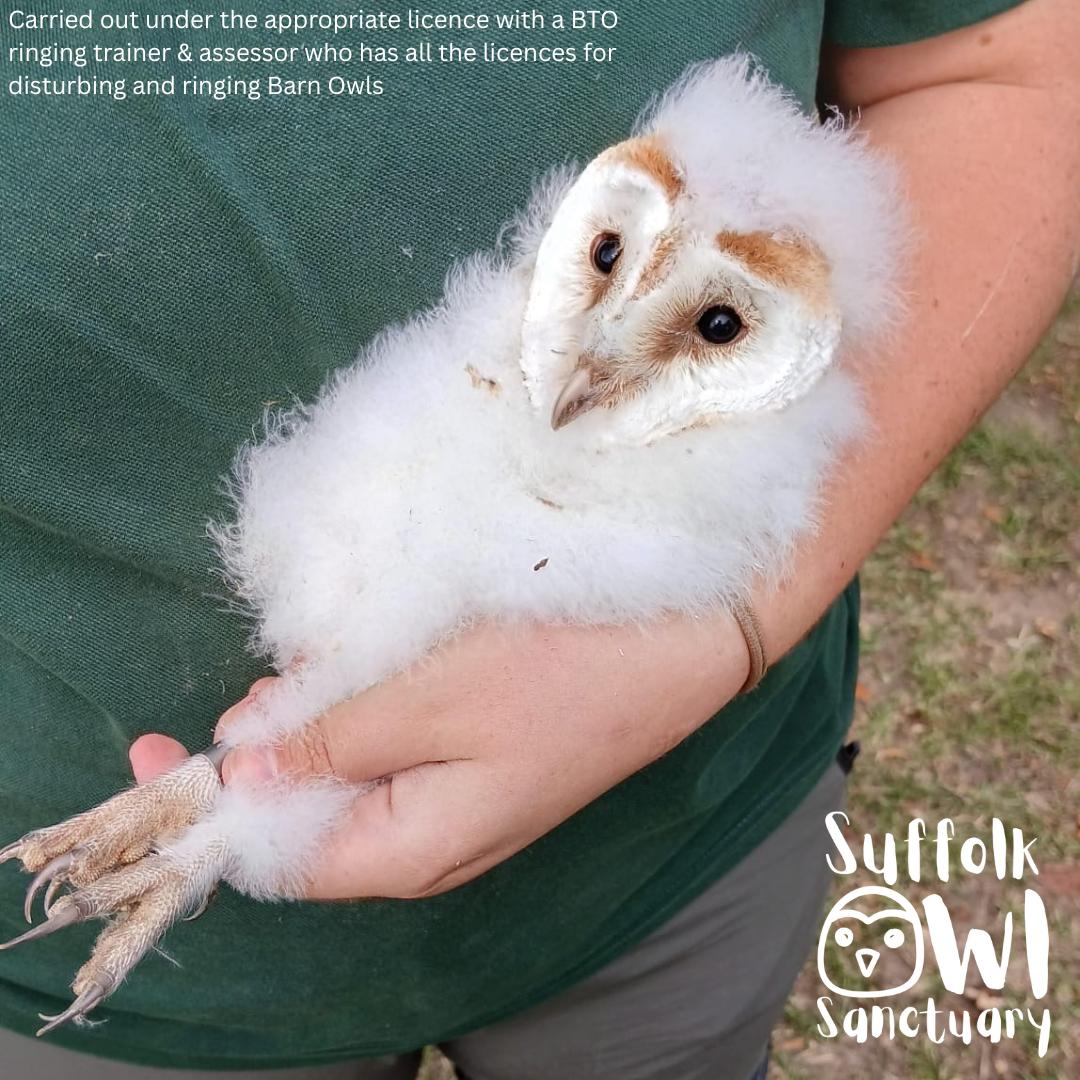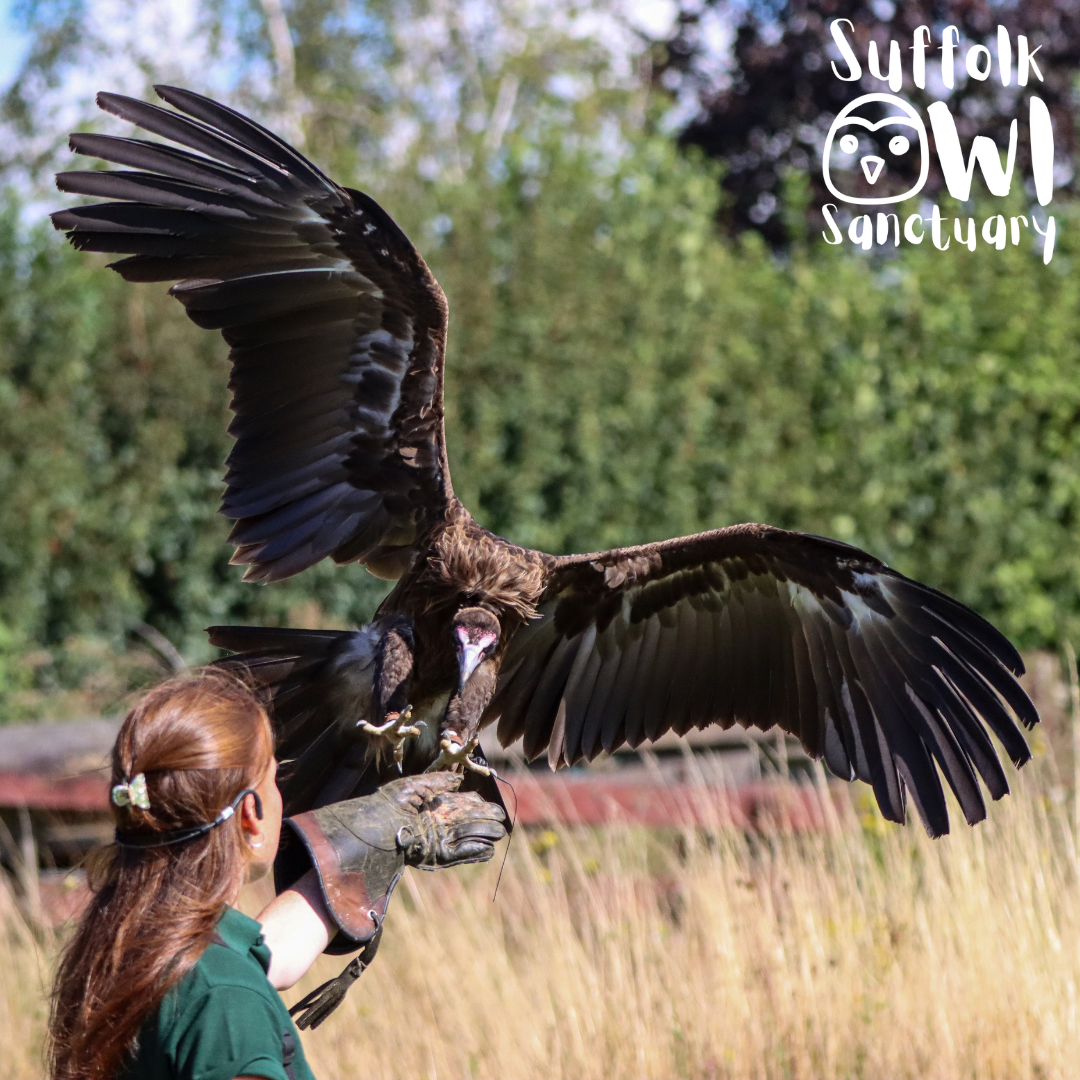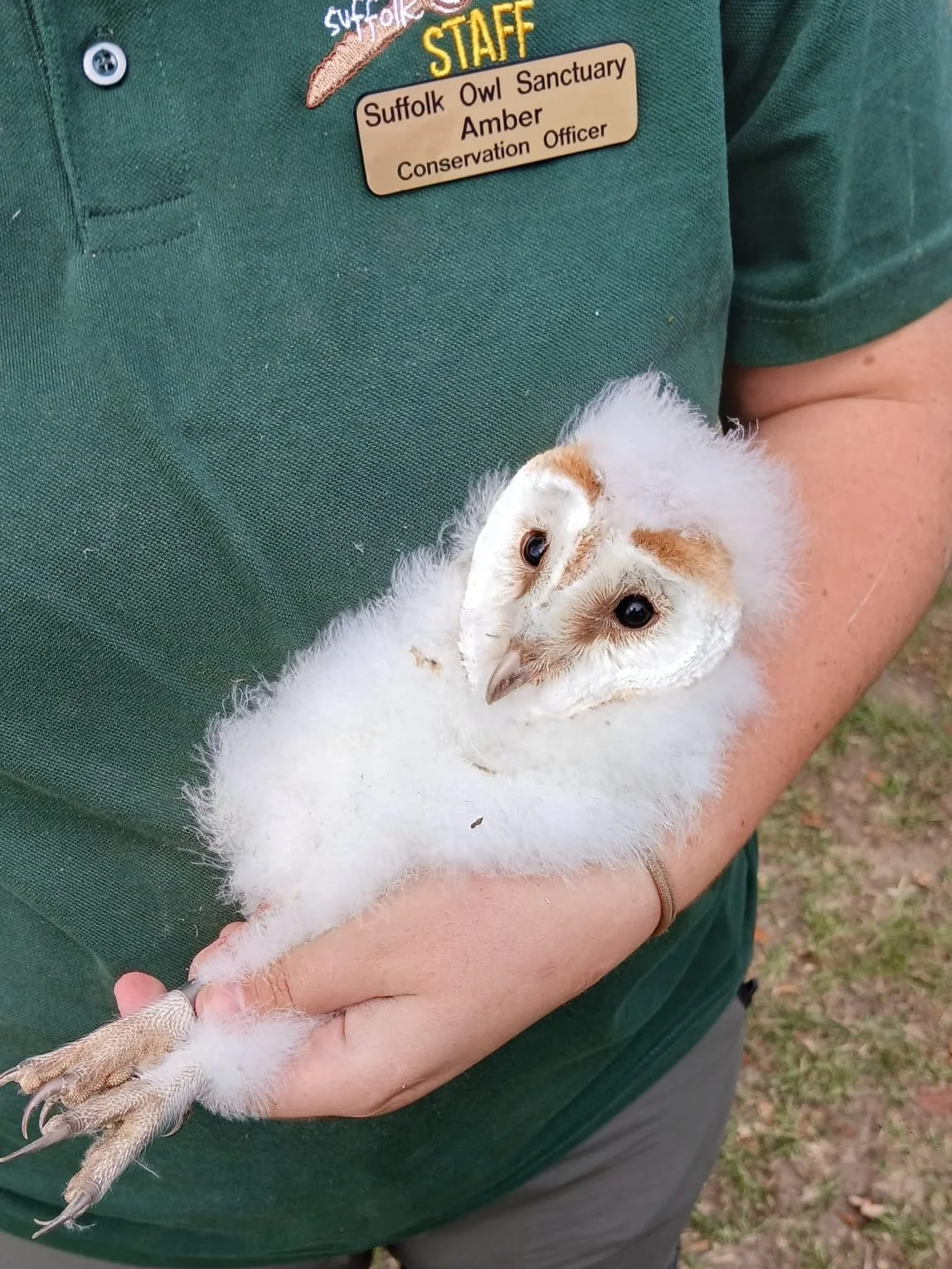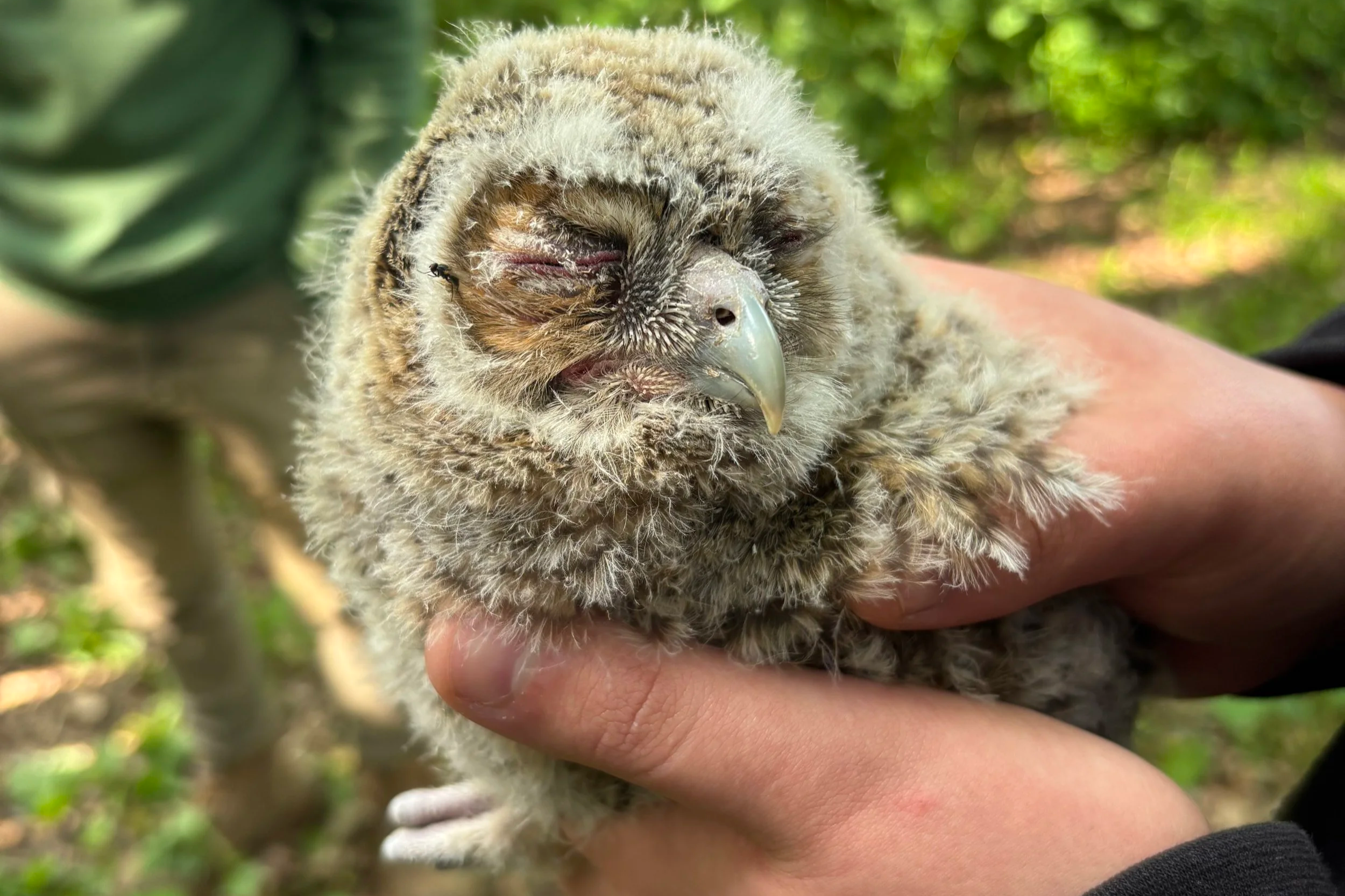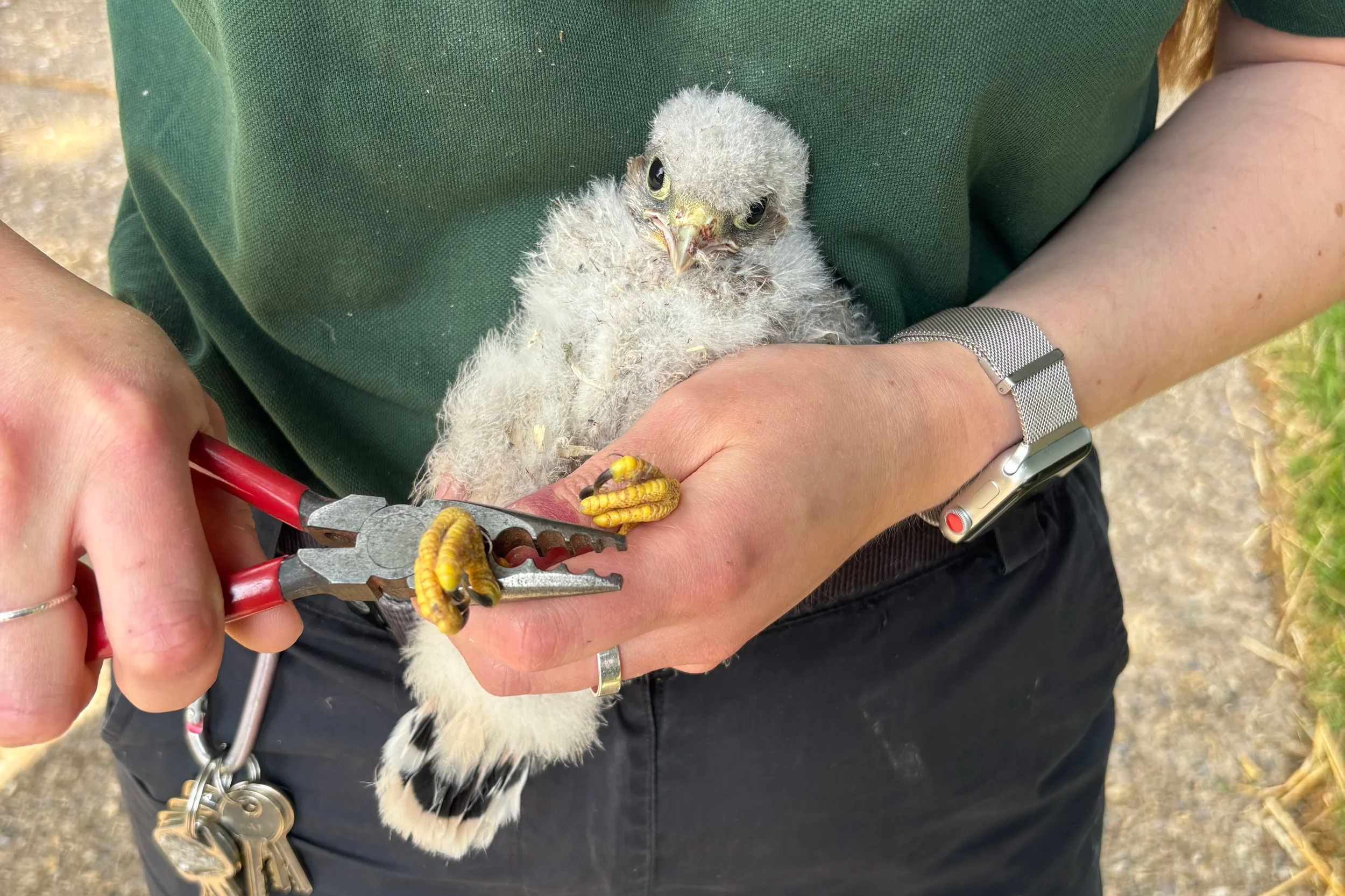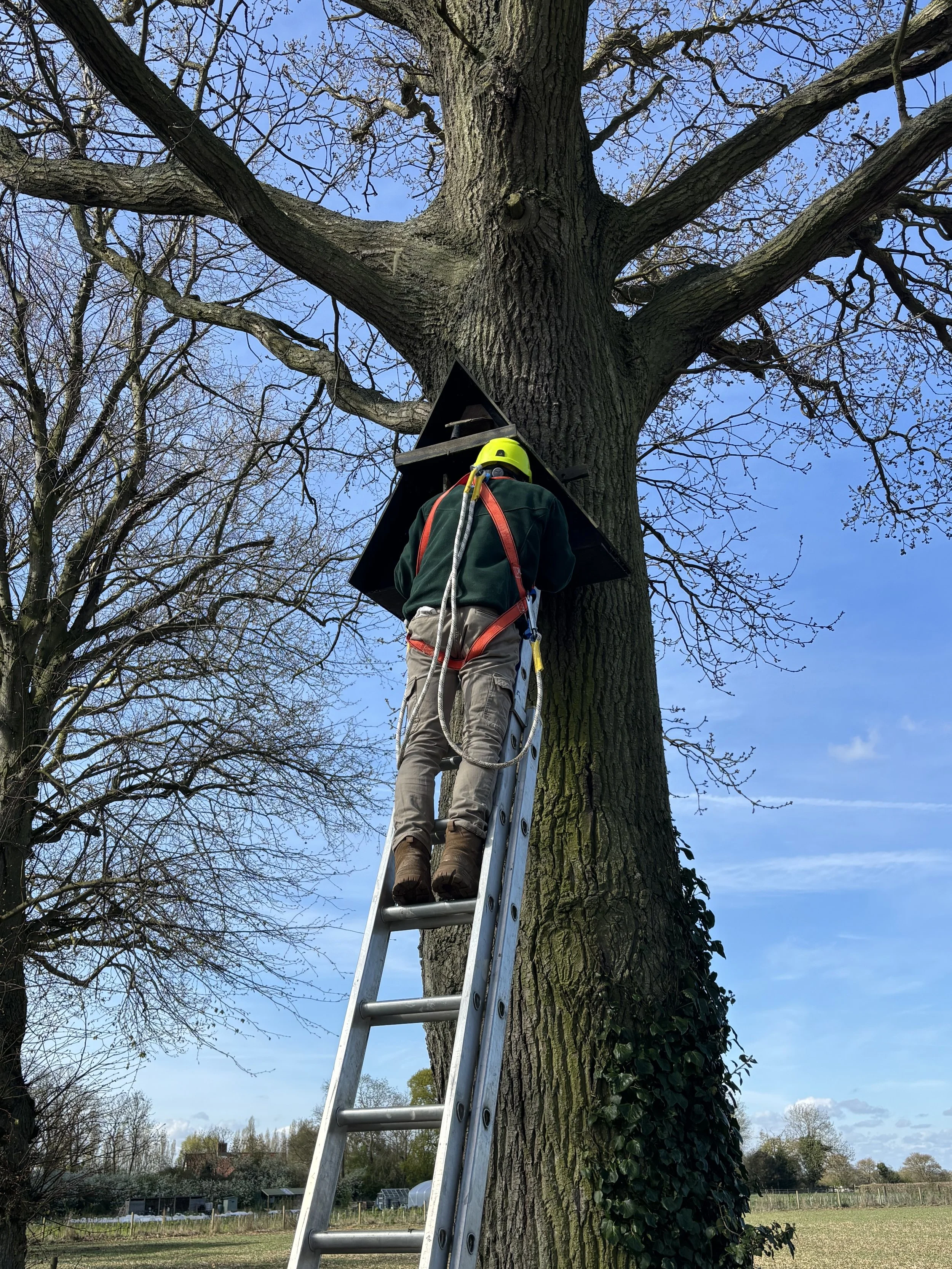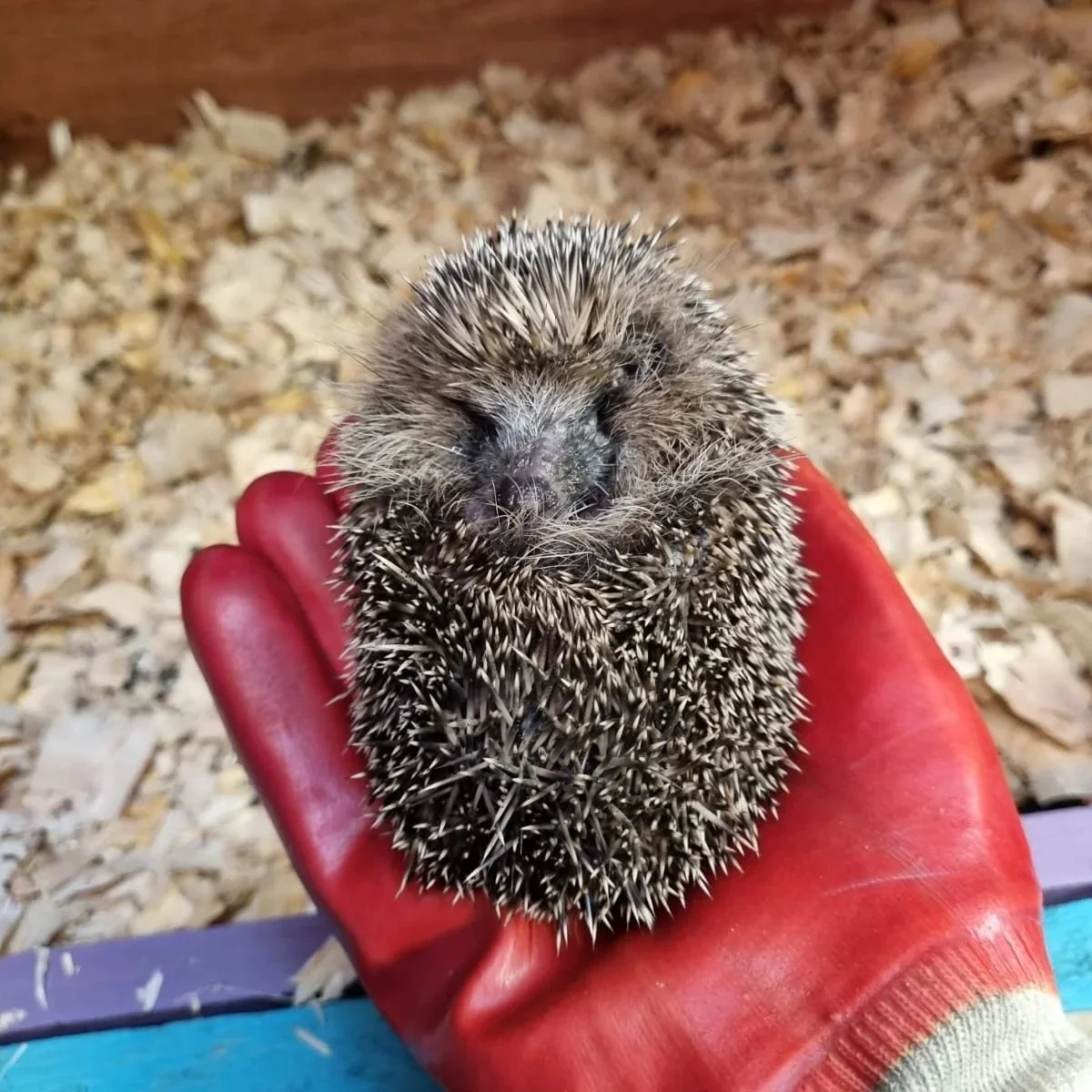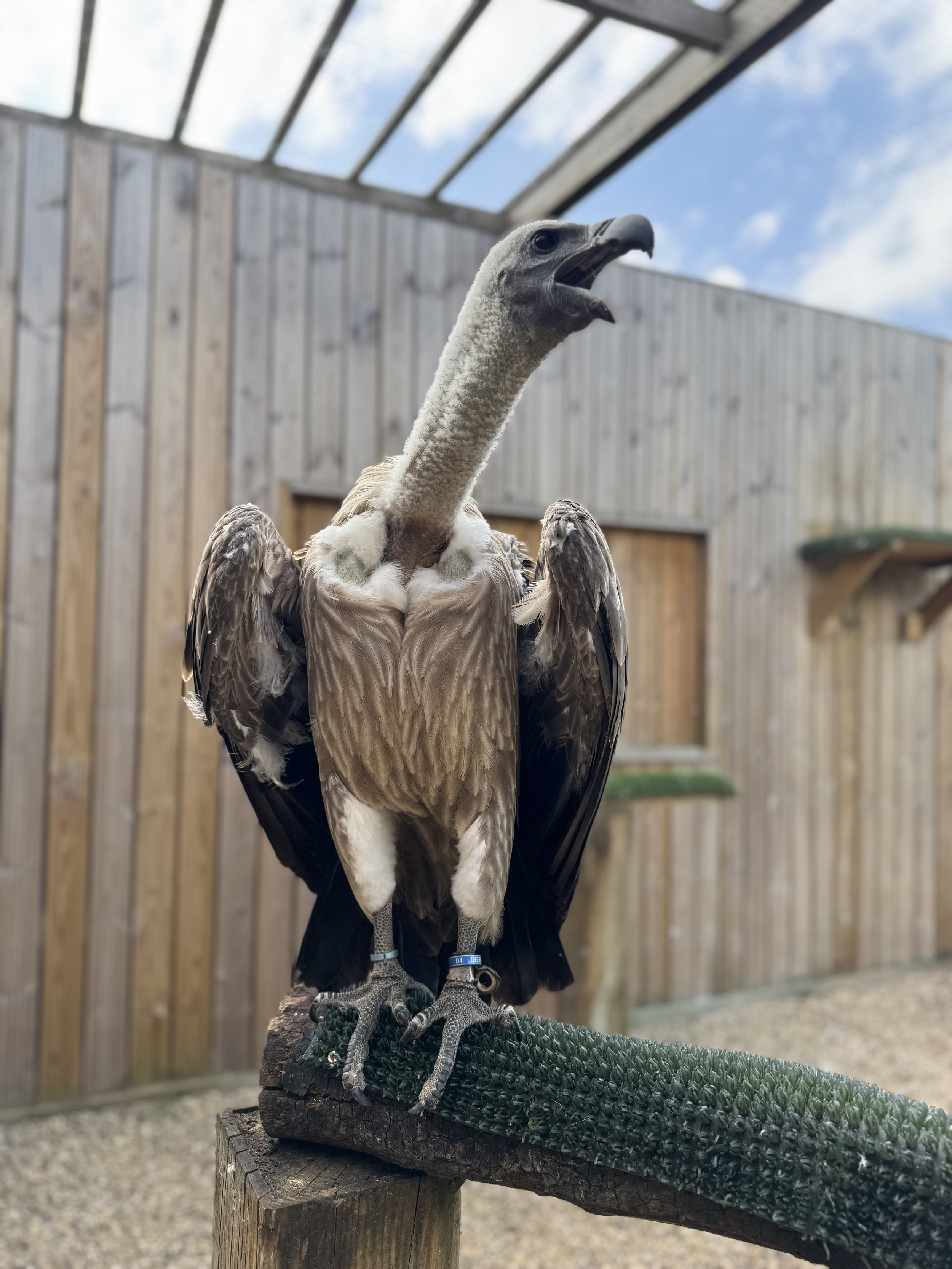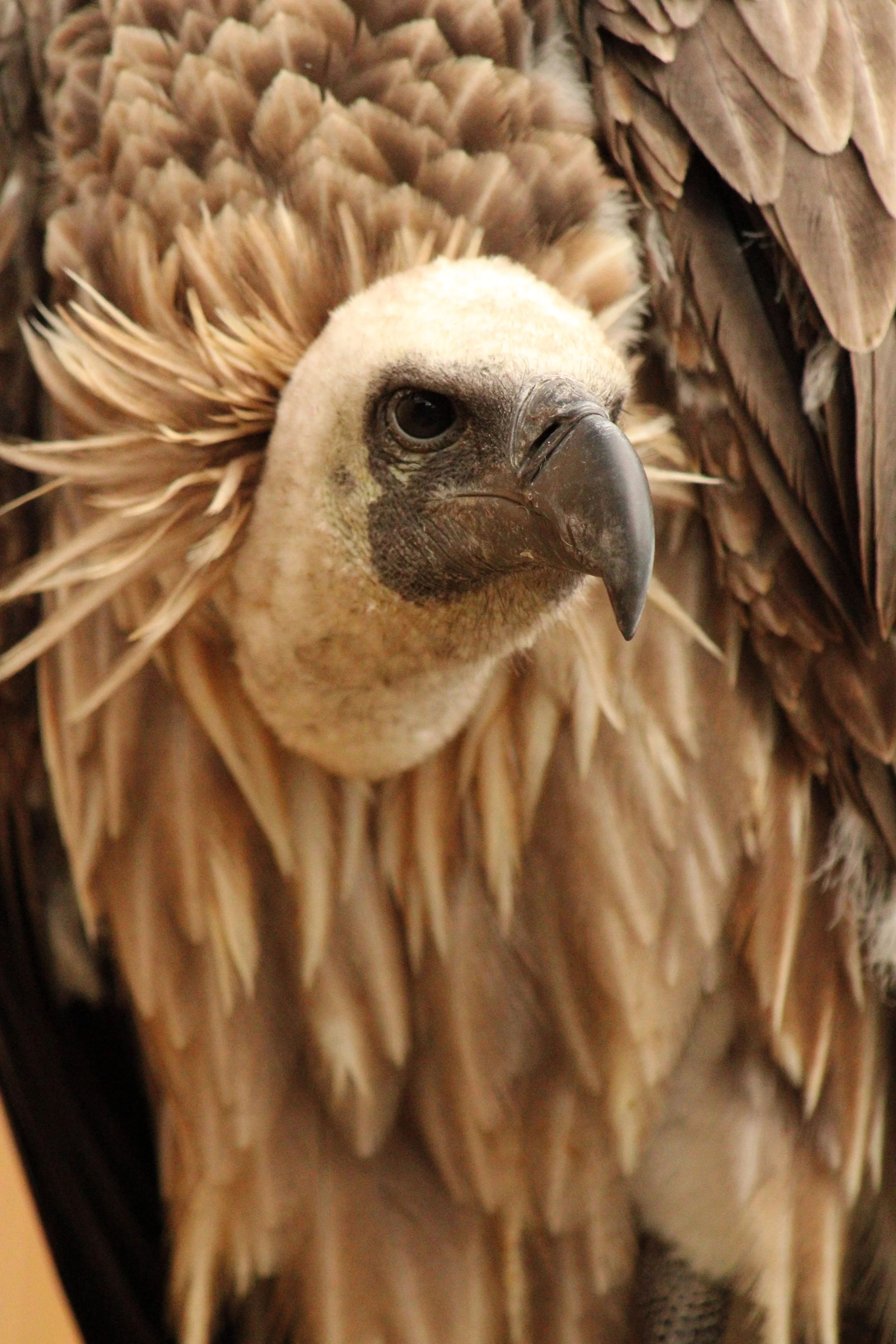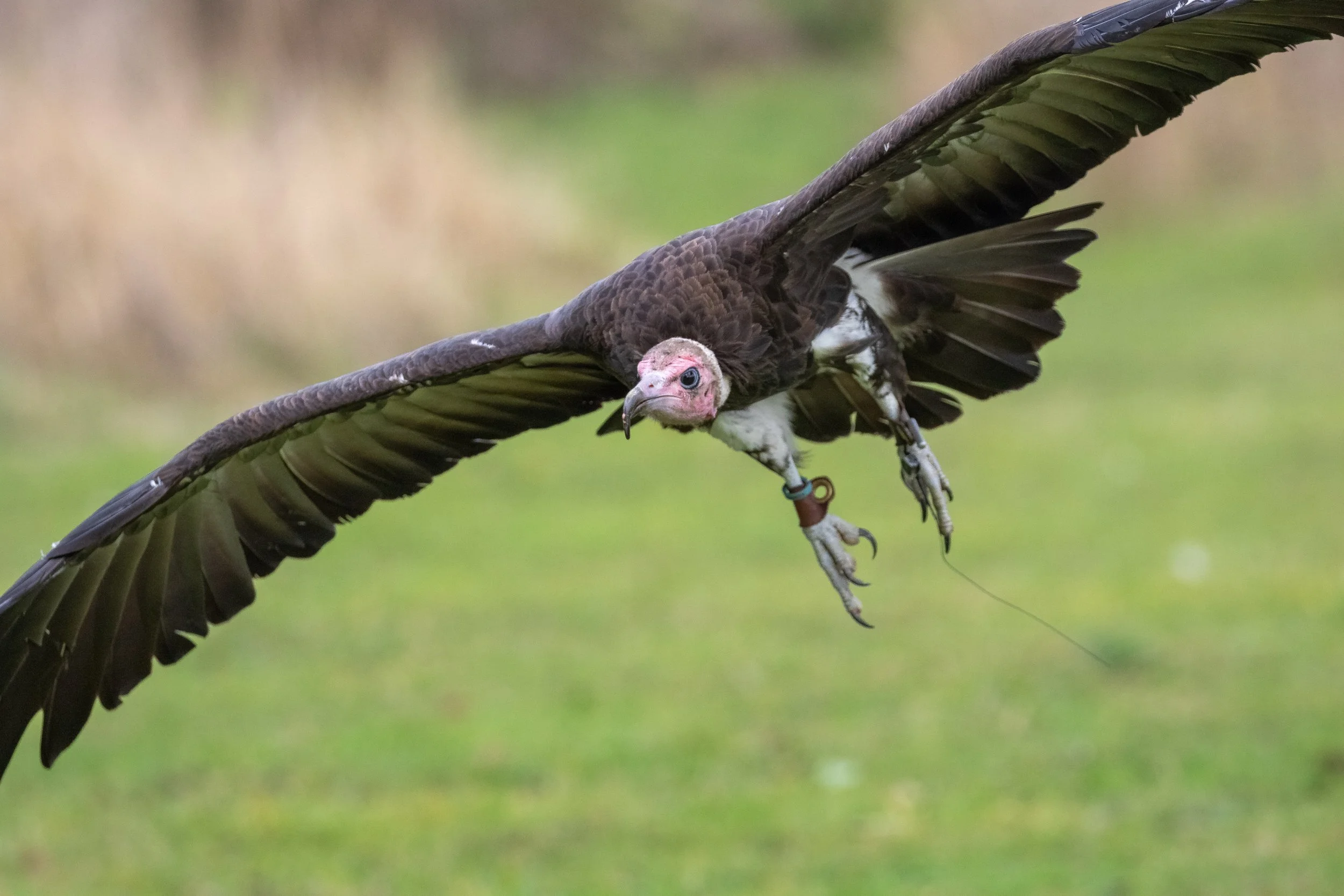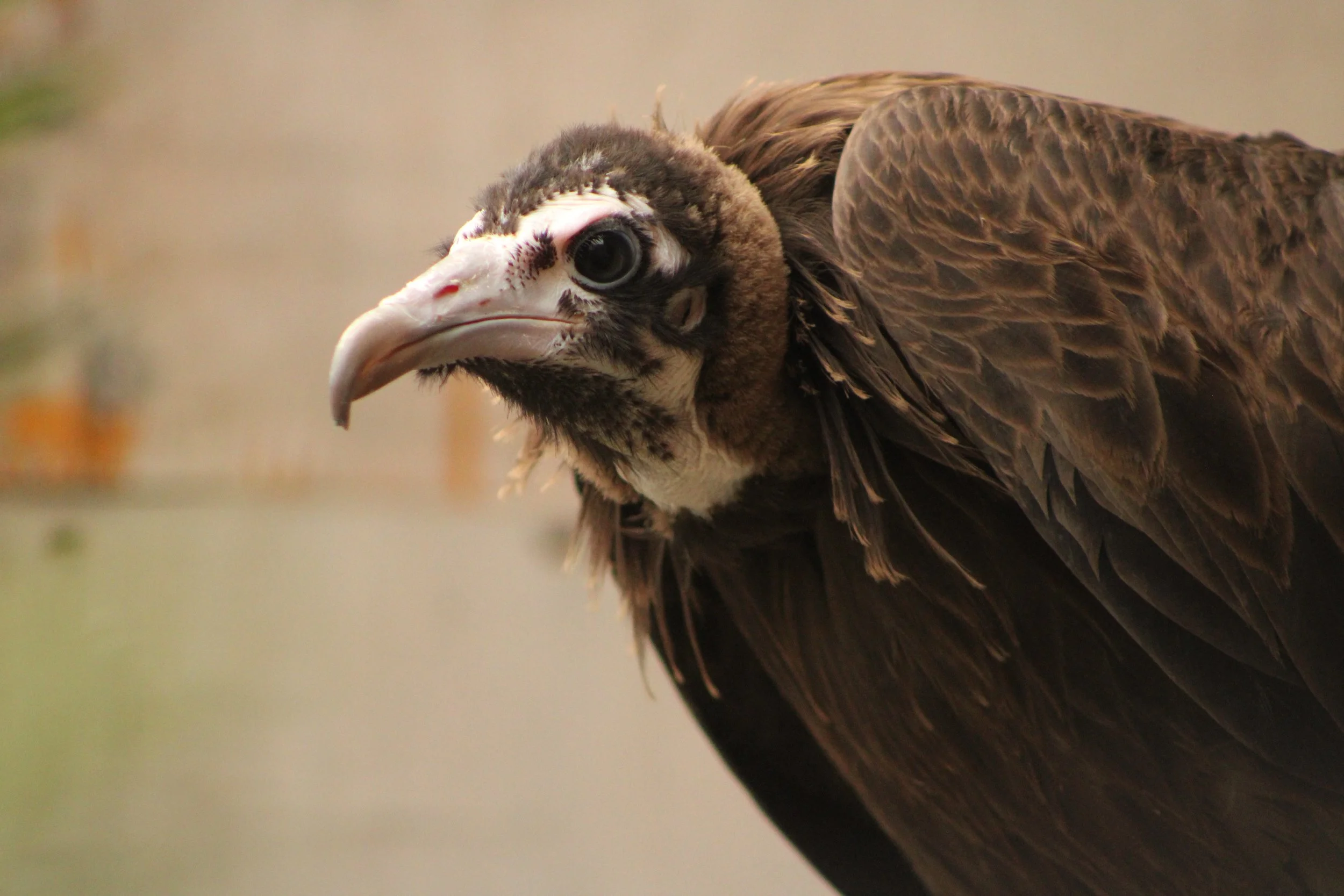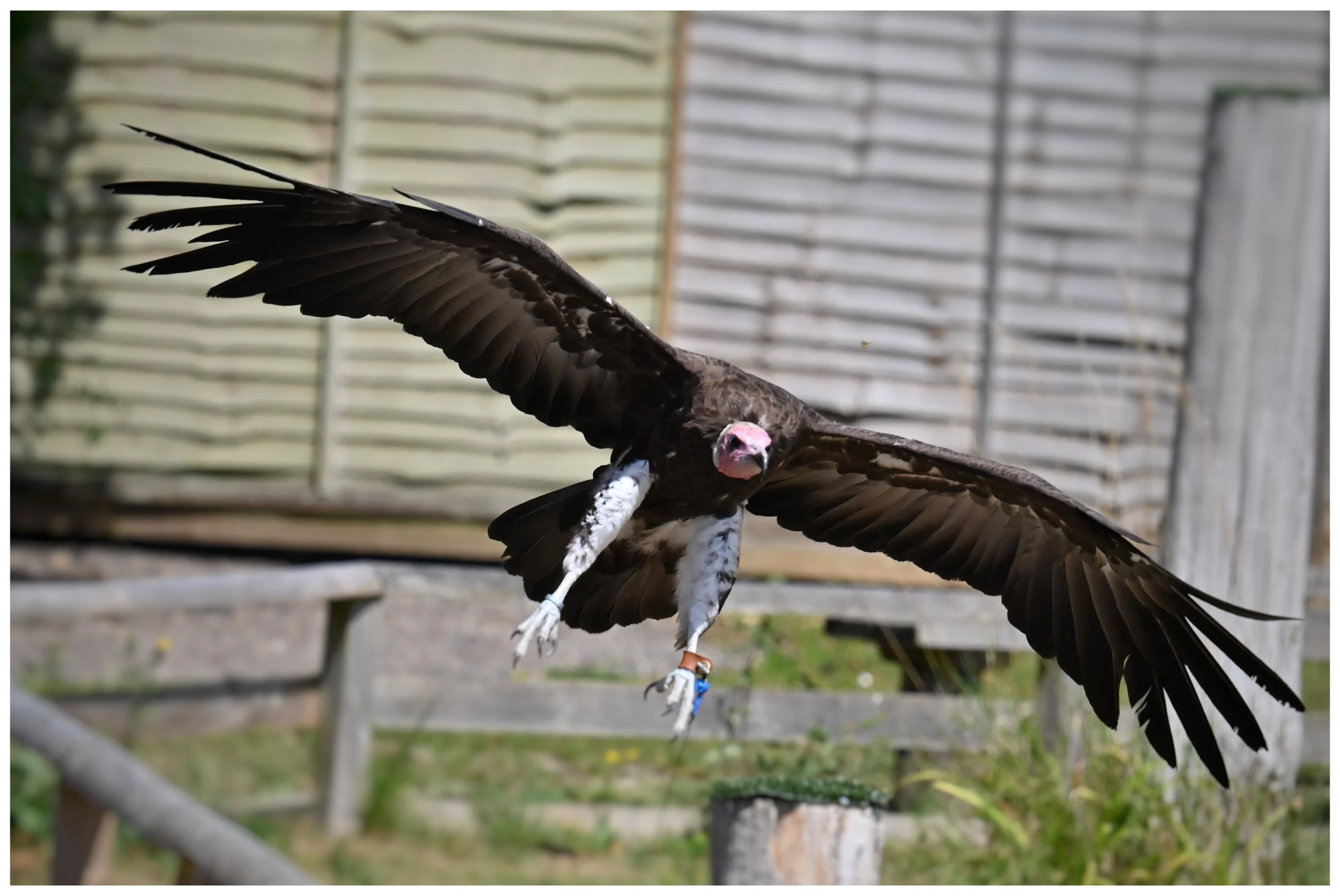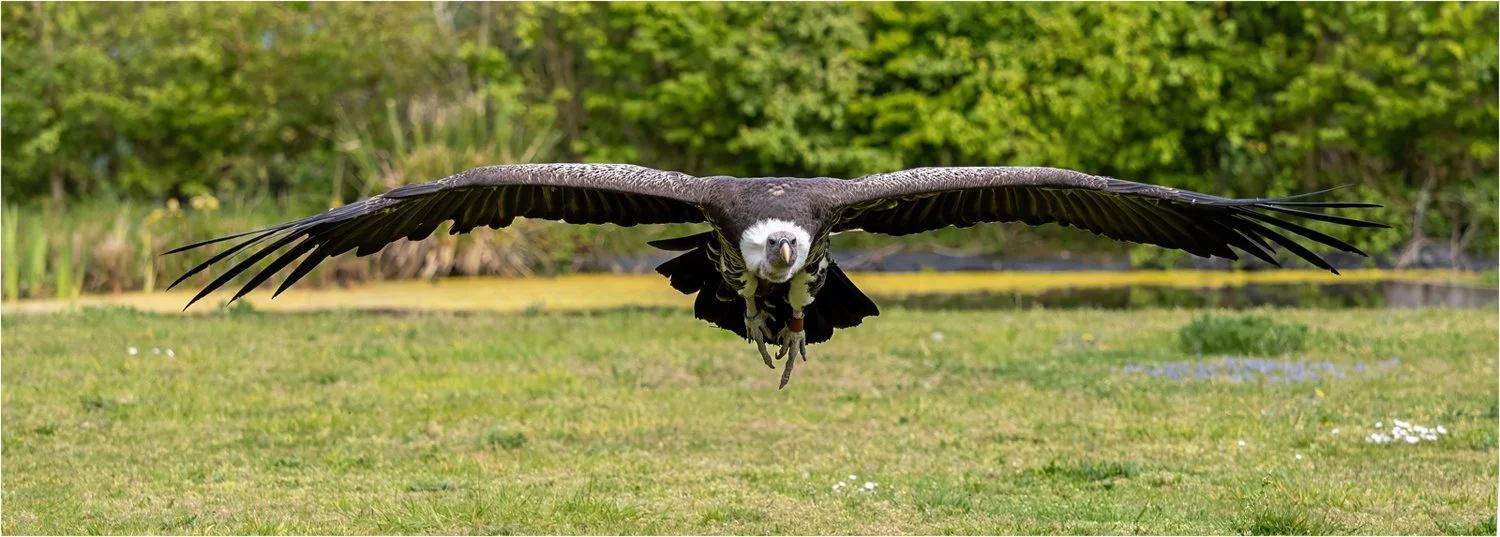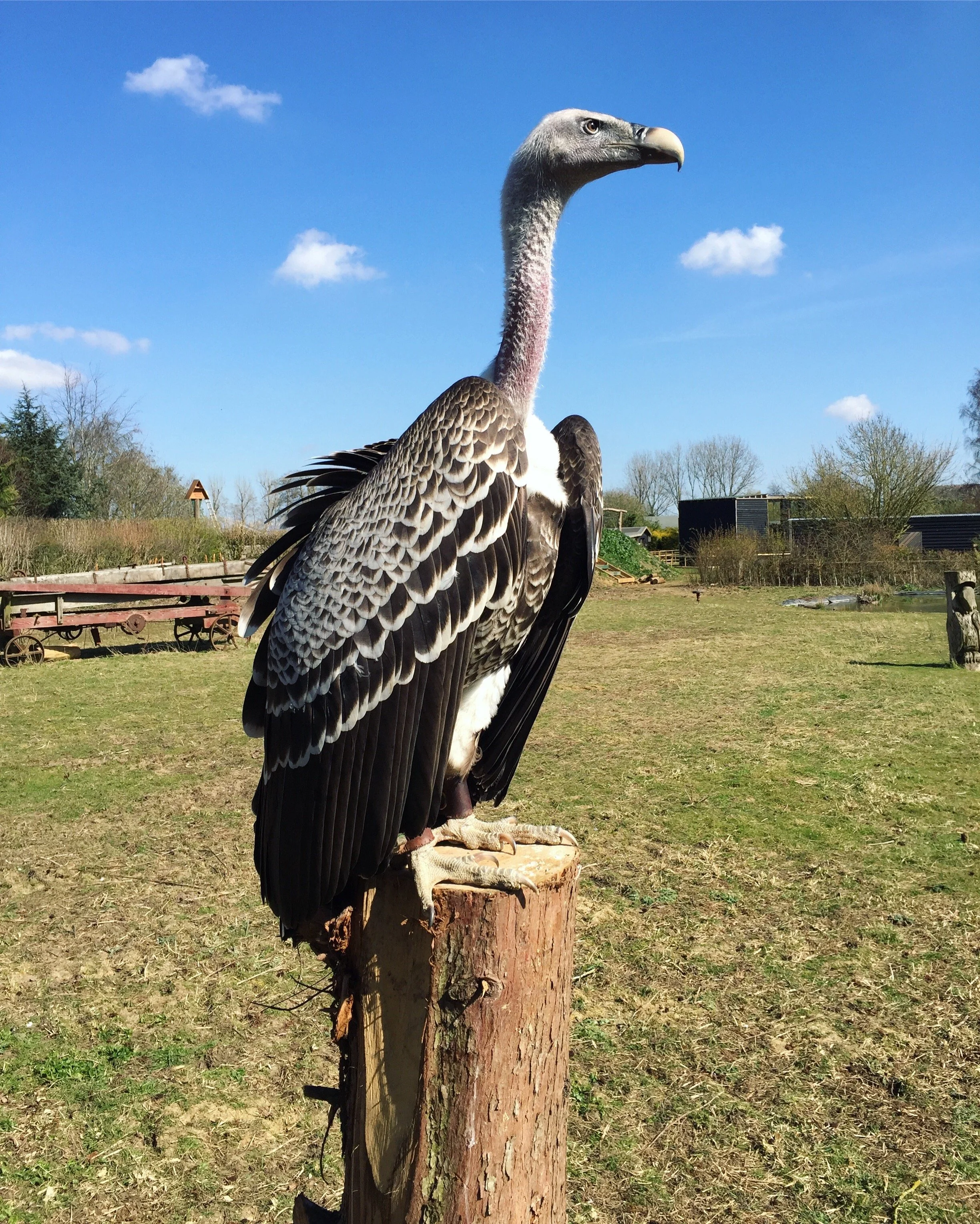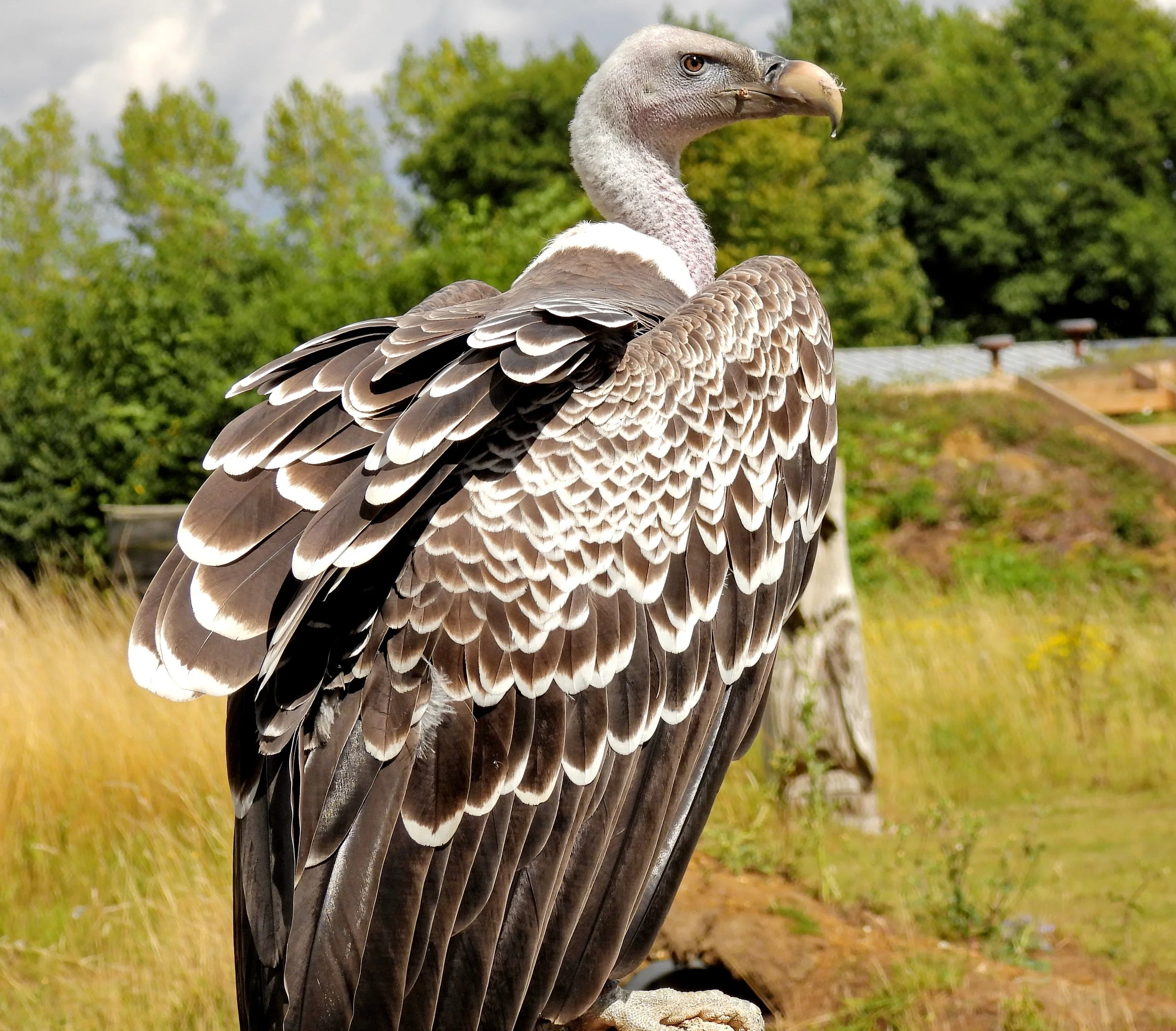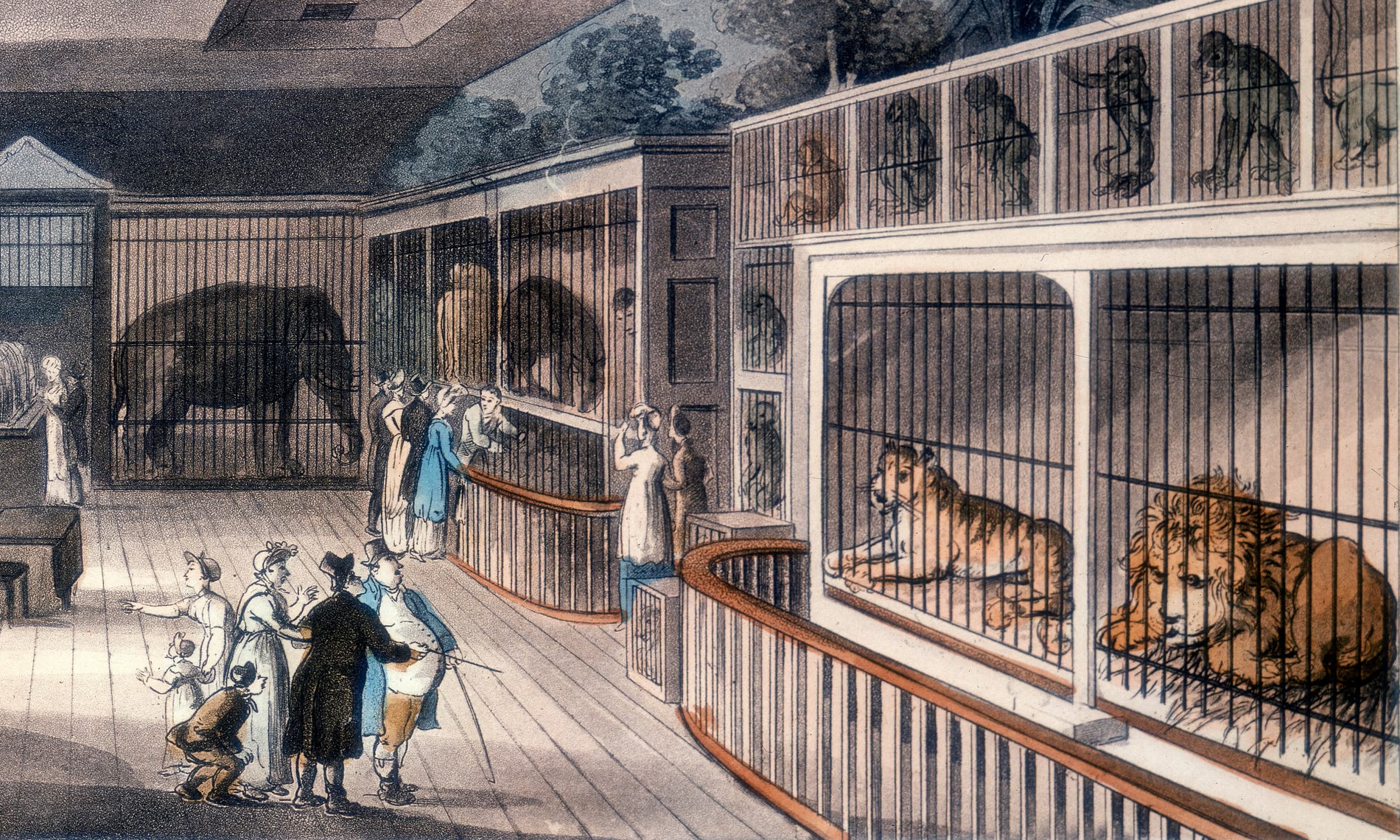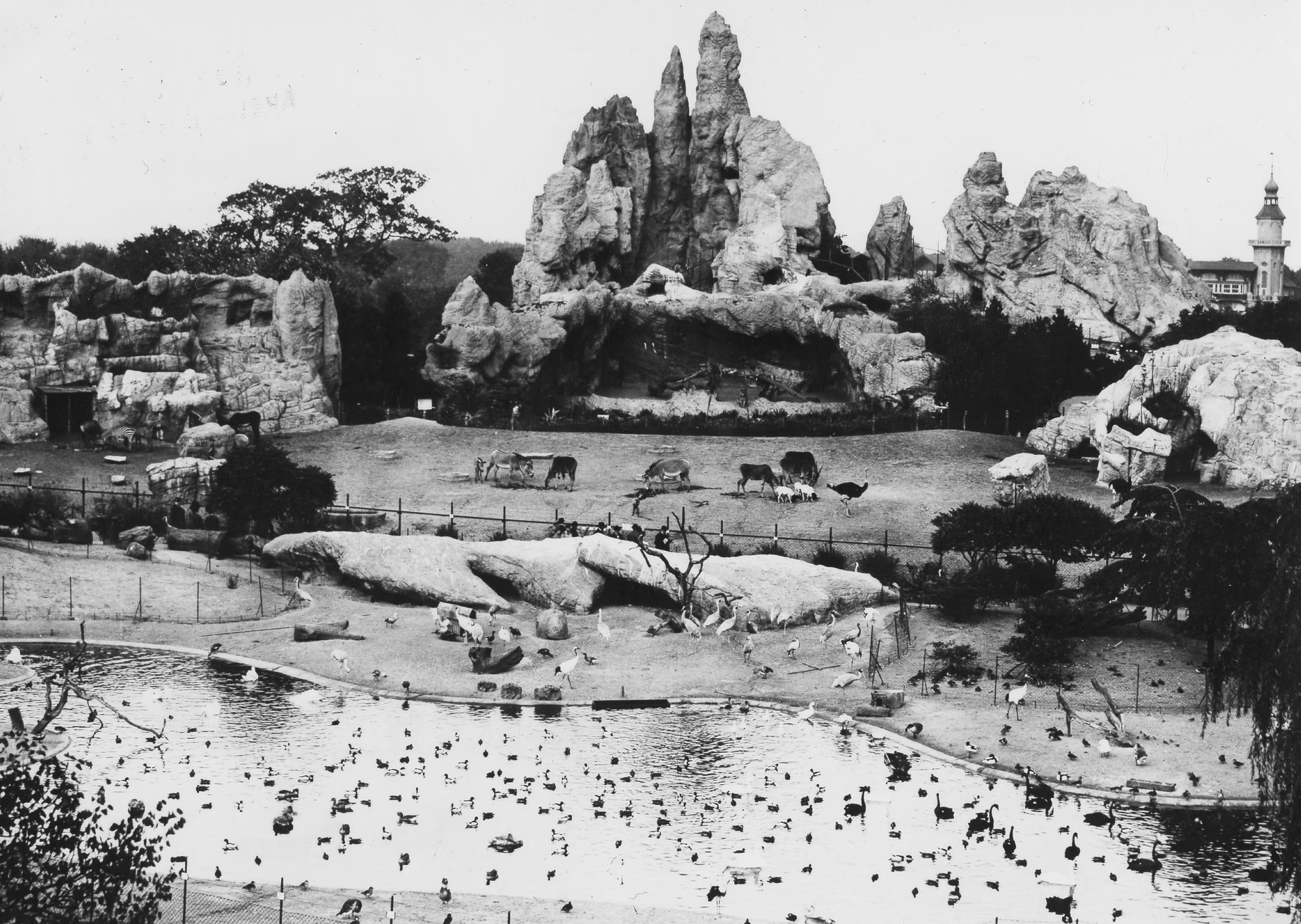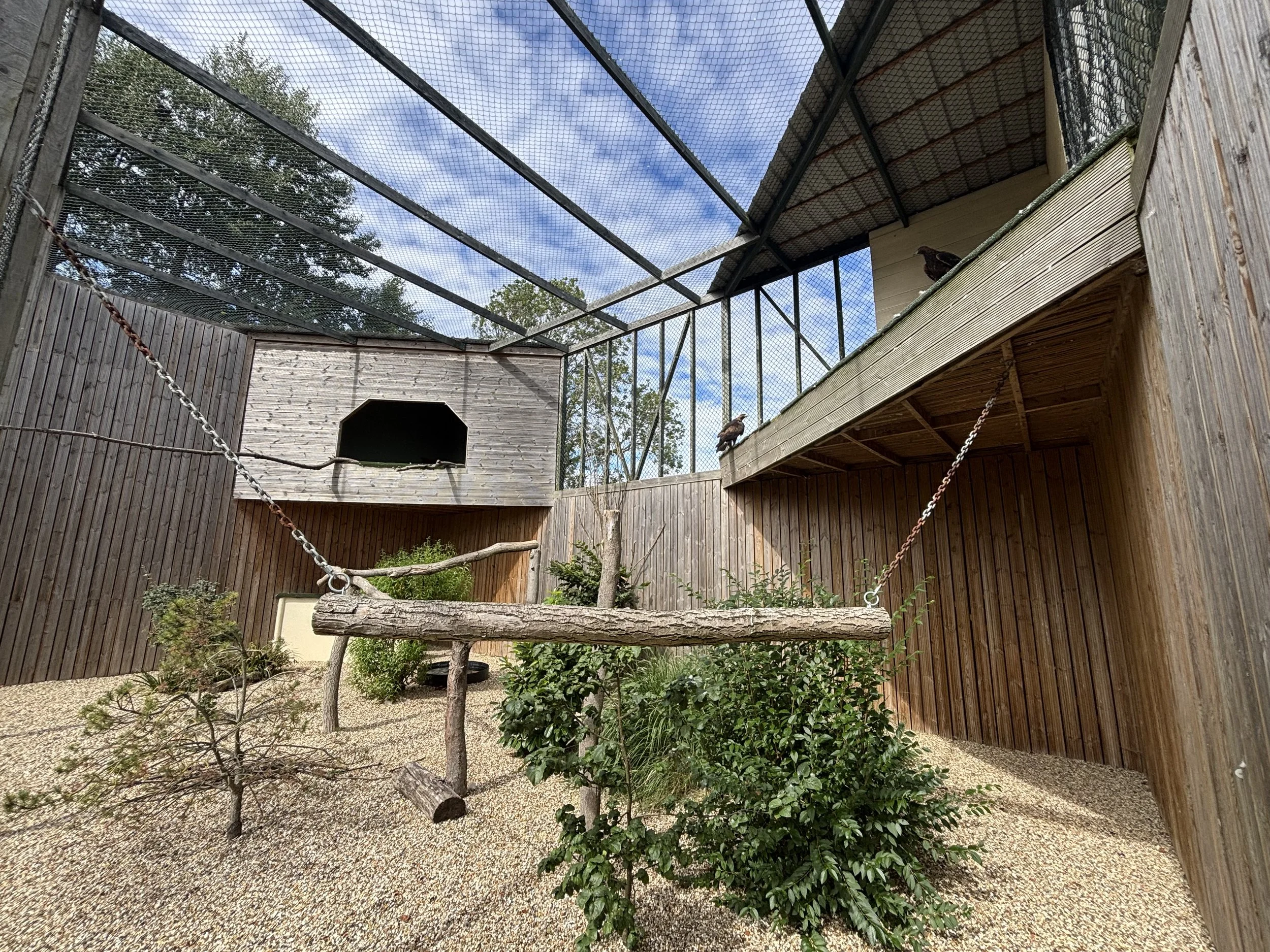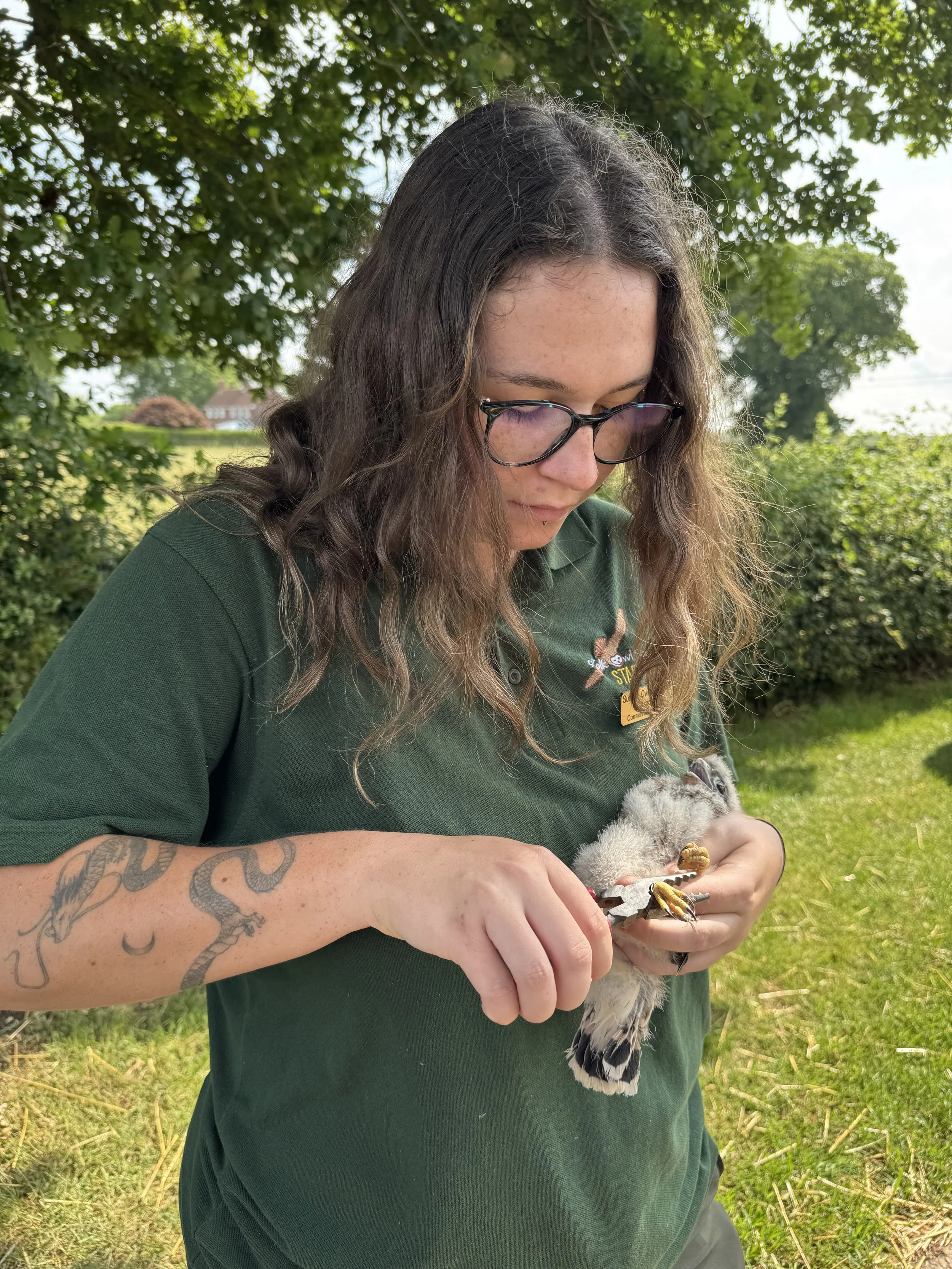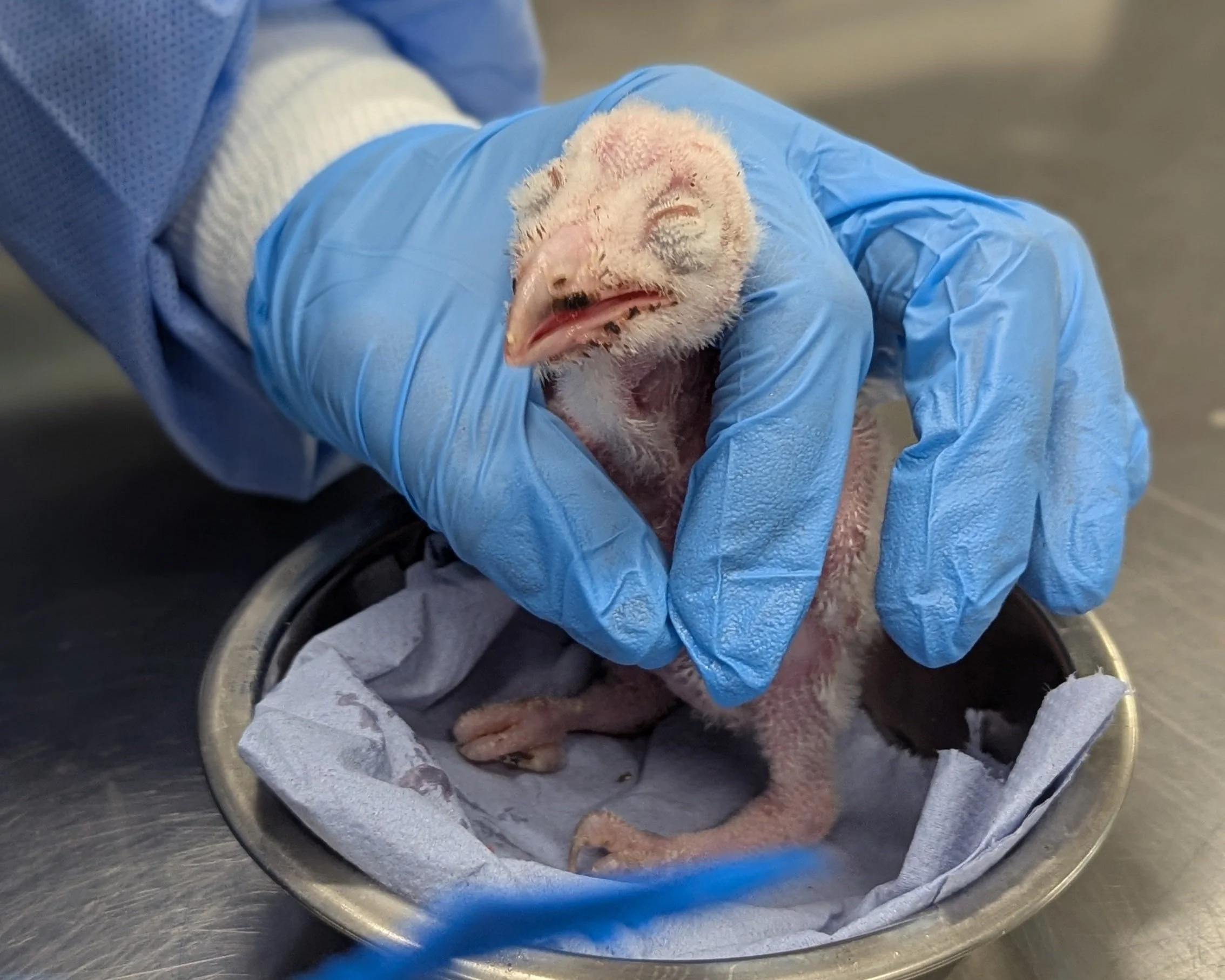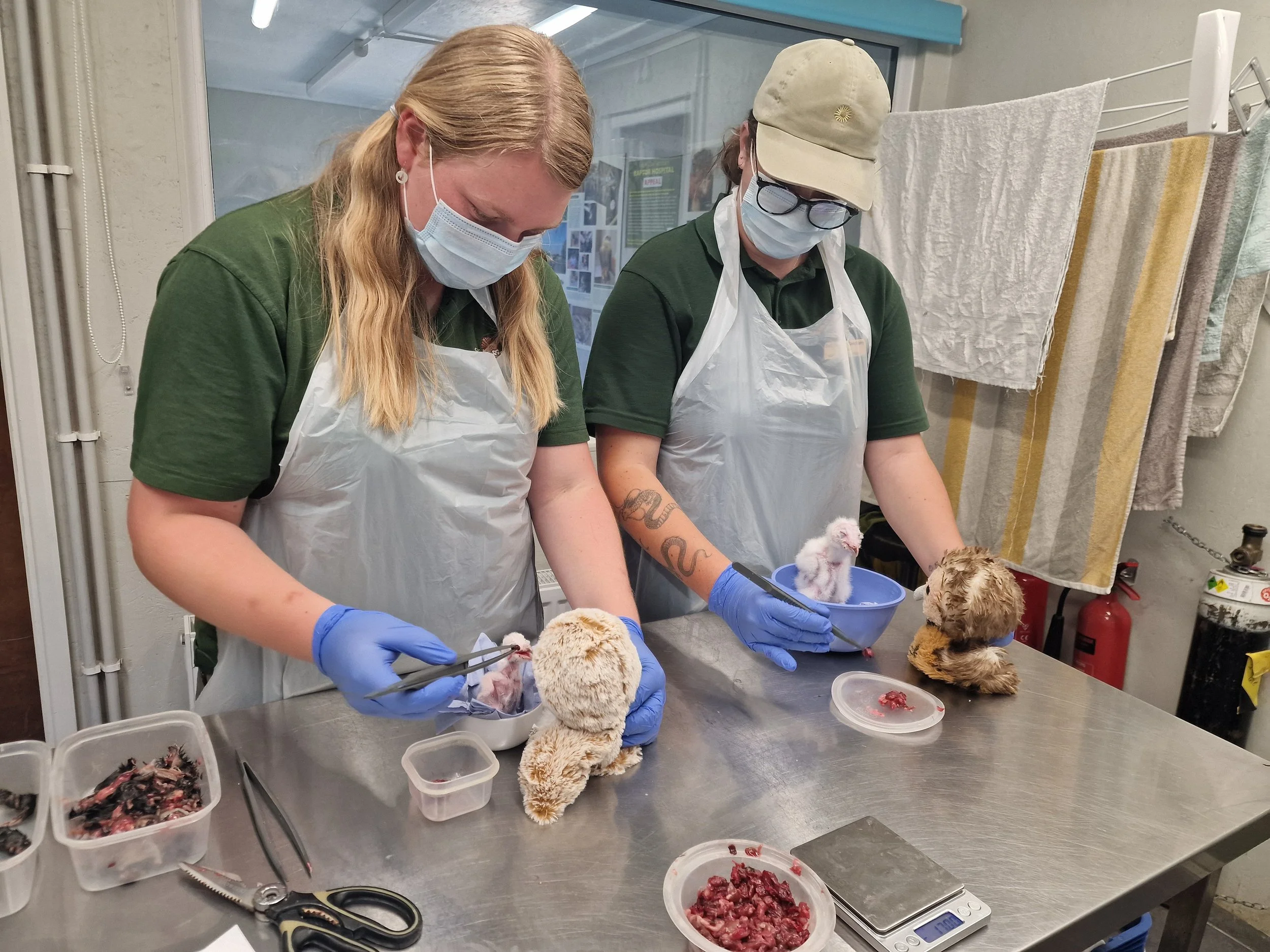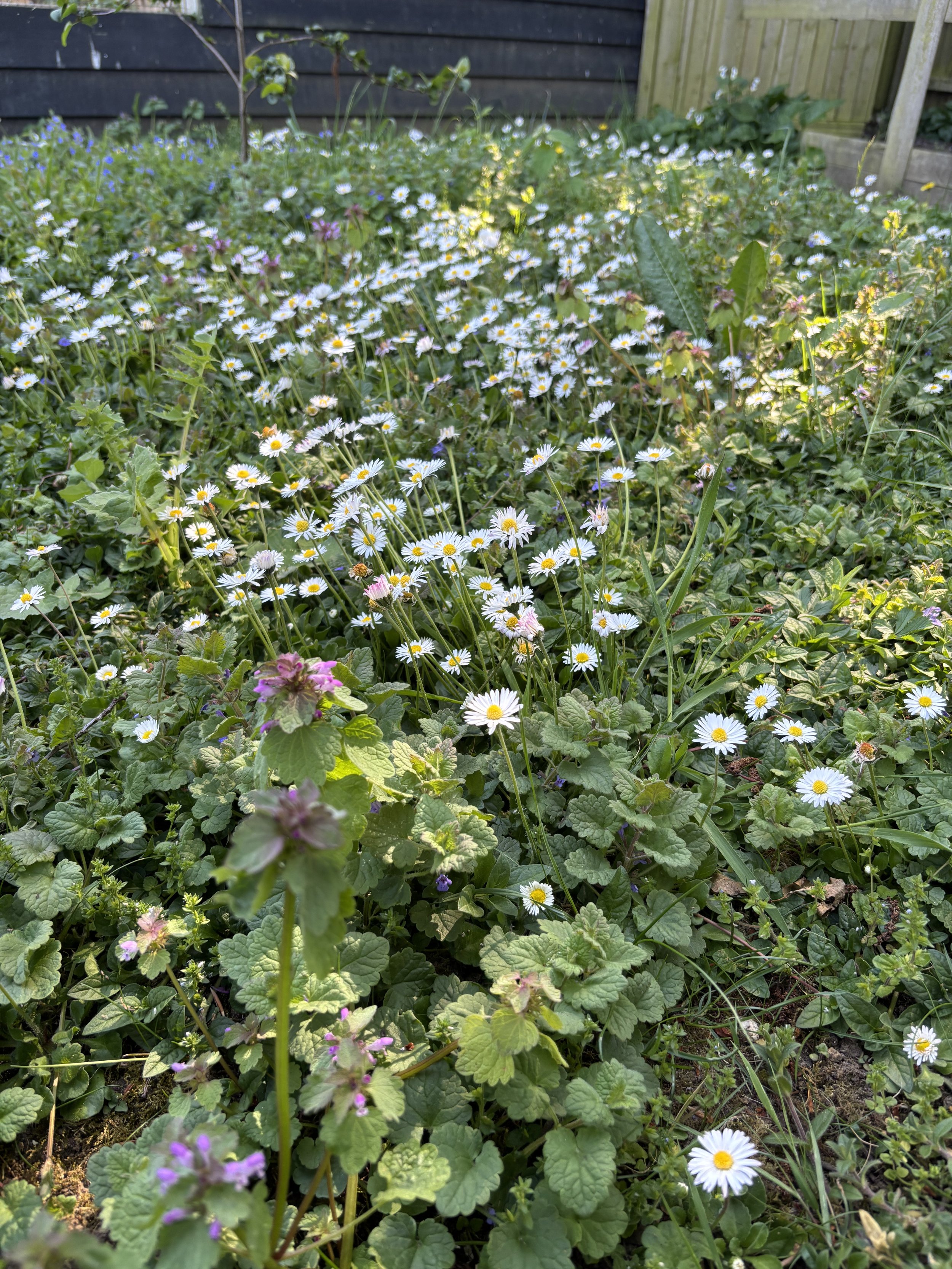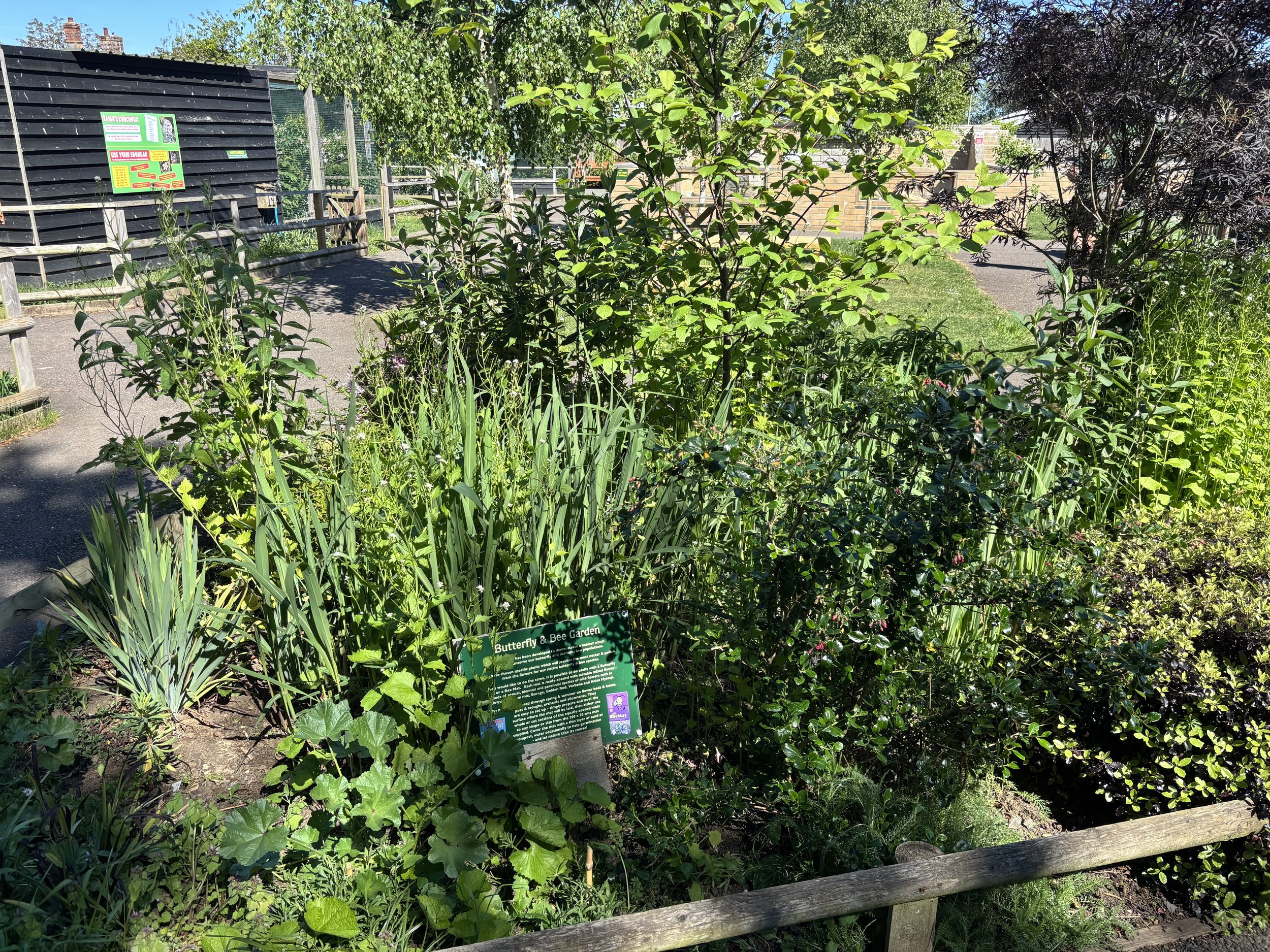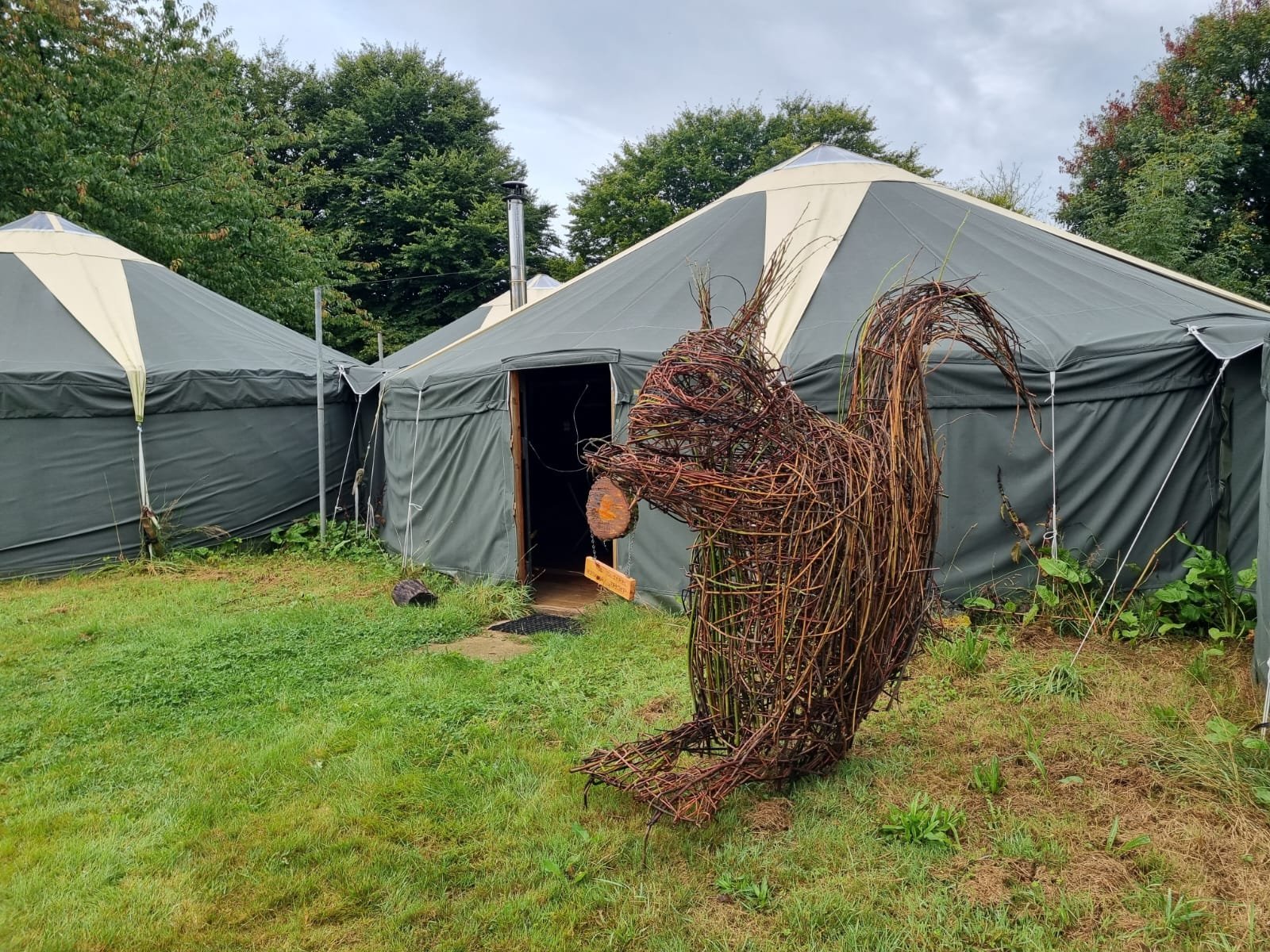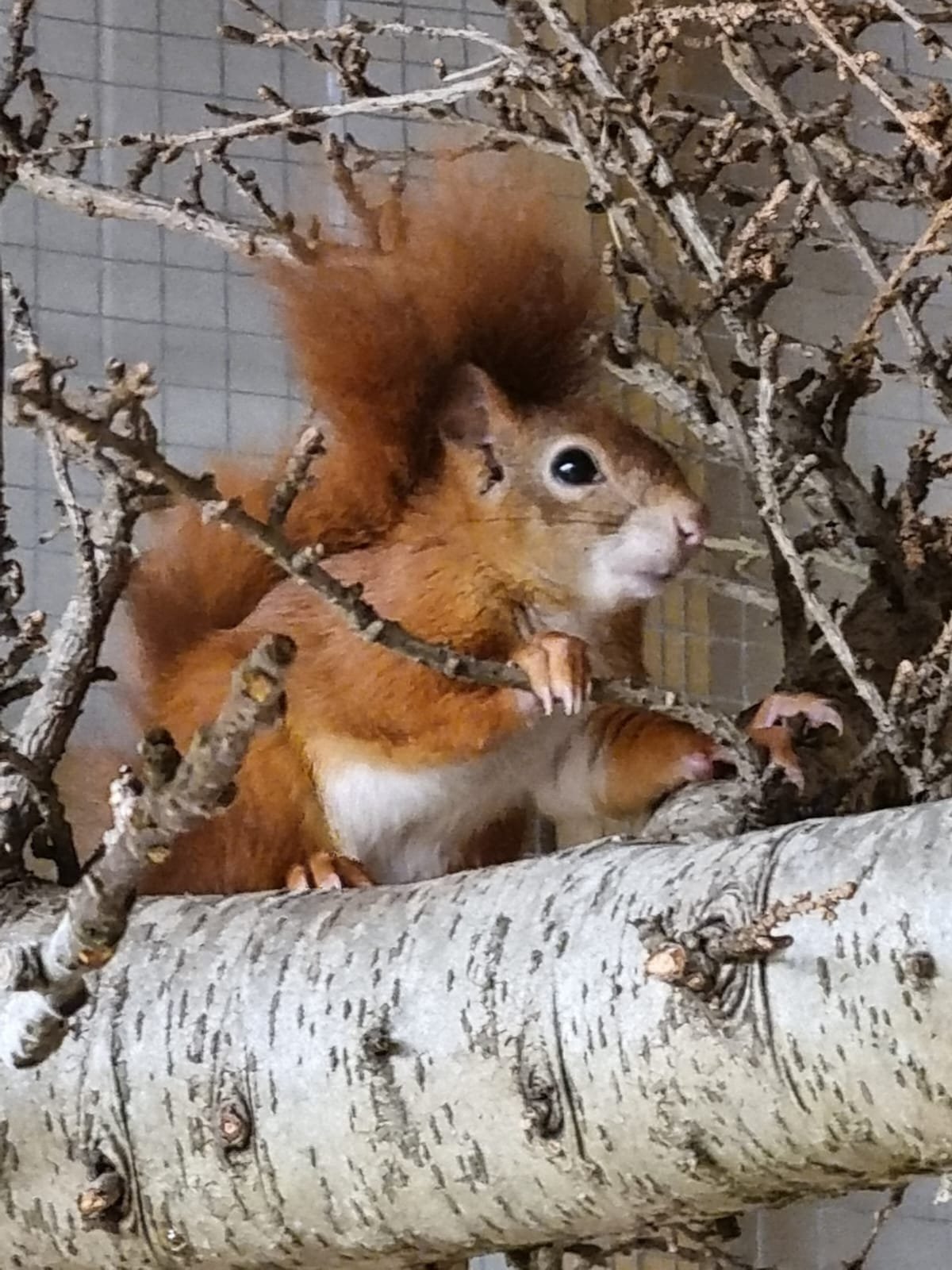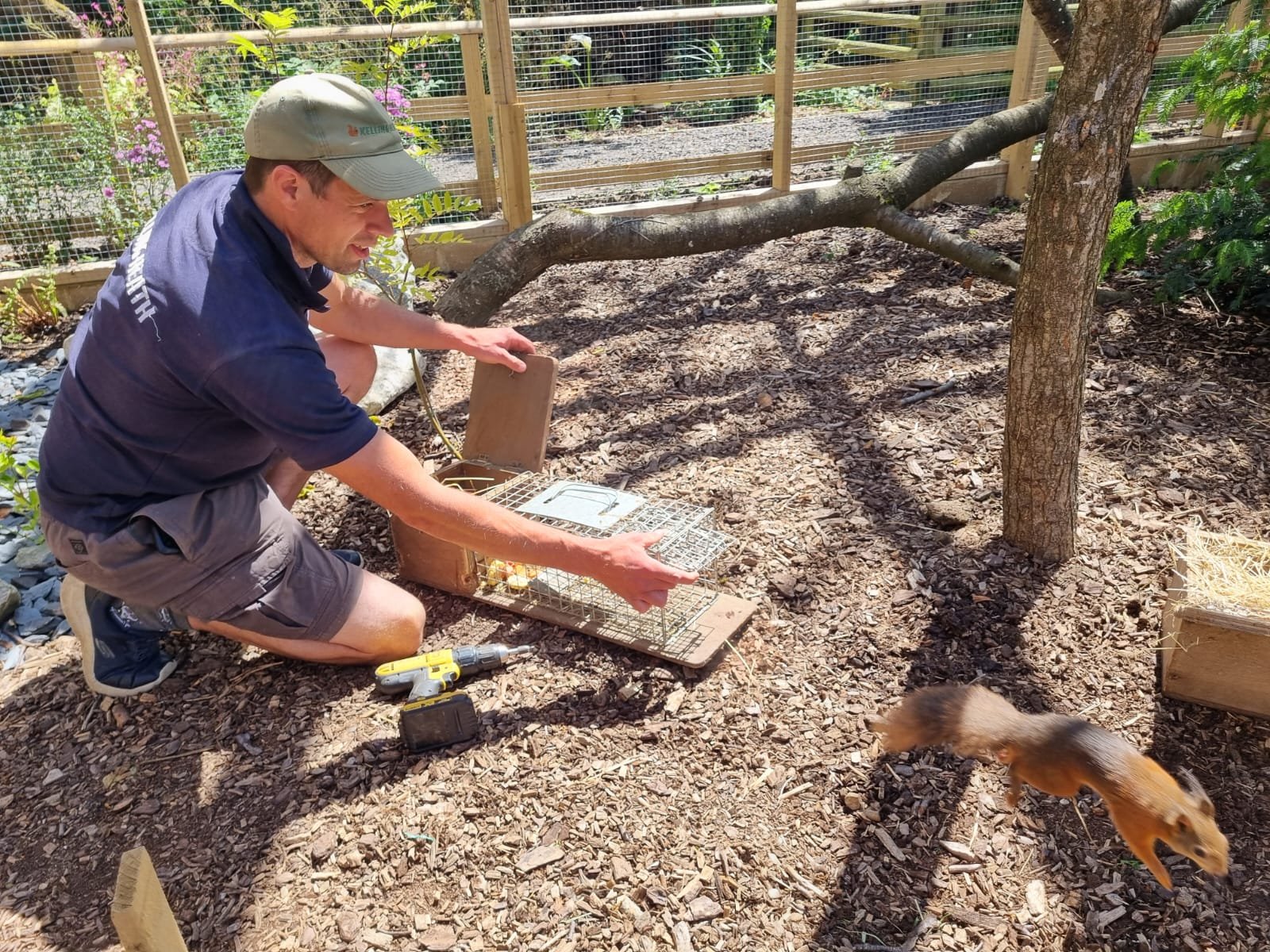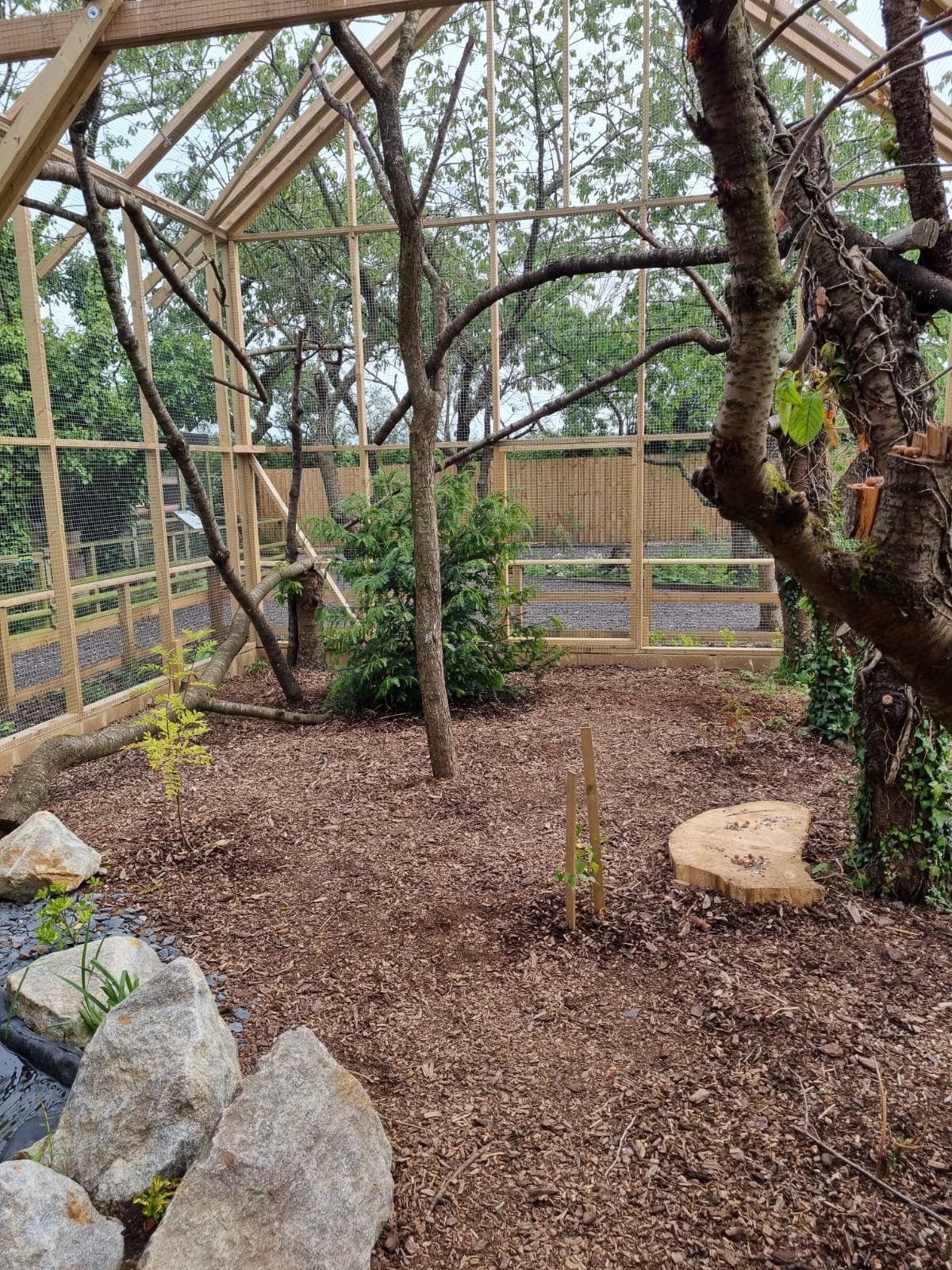Every year on 4th December, people around the world come together to mark World Wildlife Conservation Day which is a time to celebrate the incredible diversity of life on Earth, raise awareness of the threats facing wildlife, and take action to protect it.
Every animal, no matter how small or obscure, plays a vital role in the balance of our ecosystems. From the mighty elephant to the humble hedgehog, from the ocean depths to the British countryside, the story of wildlife is the story of us all.
Why Conservation Matters
Wildlife conservation isn’t just about saving individual animals, it’s about safeguarding the natural systems that sustain life on Earth. Healthy ecosystems provide us with clean air, water, food, and even climate stability.
Yet, across the globe, species are disappearing at an alarming rate. Deforestation, pollution, poaching, habitat loss, and climate change are driving a biodiversity crisis that affects every corner of our planet. The United Nations estimates that around one million species are now at risk of extinction, many within our lifetimes.
But this day is not about despair, it’s about hope. Every positive action, from supporting sanctuaries and wildlife charities to creating pollinator gardens or reducing waste, contributes to a brighter, wilder future.
Small Actions, Big Impact
World Wildlife Conservation Day reminds us that protecting wildlife doesn’t always mean travelling far or donating large sums. Change often begins close to home:
🌱 Protect local habitats: Support rewilding, tree planting, and habitat restoration projects in your community.
🦉 Be mindful of our shared space: Use wildlife-friendly gardening practices - avoid pesticides, install bird boxes, and let nature flourish.
🚯 Reduce and reuse: Simple lifestyle choices, like cutting down on single-use plastics, reduce harm to wild species.
🧒 Educate and inspire: Encourage curiosity about nature in younger generations - awareness breeds compassion, and compassion drives action.
Every act of care, no matter how small, strengthens the global network of conservation.
The Role of Organisations Like Ours
Wildlife sanctuaries, rescue centres, and conservation groups across the UK, including us at the Suffolk Owl Sanctuary, play an essential part in this shared mission. By rescuing injured animals, protecting habitats, and educating the public, such organisations turn compassion into tangible results.
Whether caring for an injured owl, hosting educational displays & talks, or inspiring the public about biodiversity, every project connects people and wildlife in meaningful ways.
A Shared Responsibility
On this World Wildlife Conservation Day, let’s remember that conservation is not a choice, it’s a collective responsibility.
Each of us has the power to protect the natural world, not only for the creatures that inhabit it today but for future generations who deserve to experience its beauty.
Together, we can ensure that the forests still echo with birdsong, the skies still shimmer with flight, and the world remains wild, wonderful, and alive.
🦉 From all of us at the Suffolk Owl Sanctuary, thank you for standing up for wildlife today and every day.
✍️ Conservation Officer Amber Hanys

